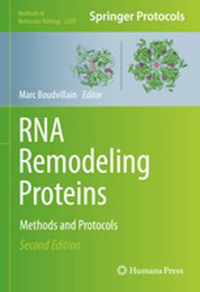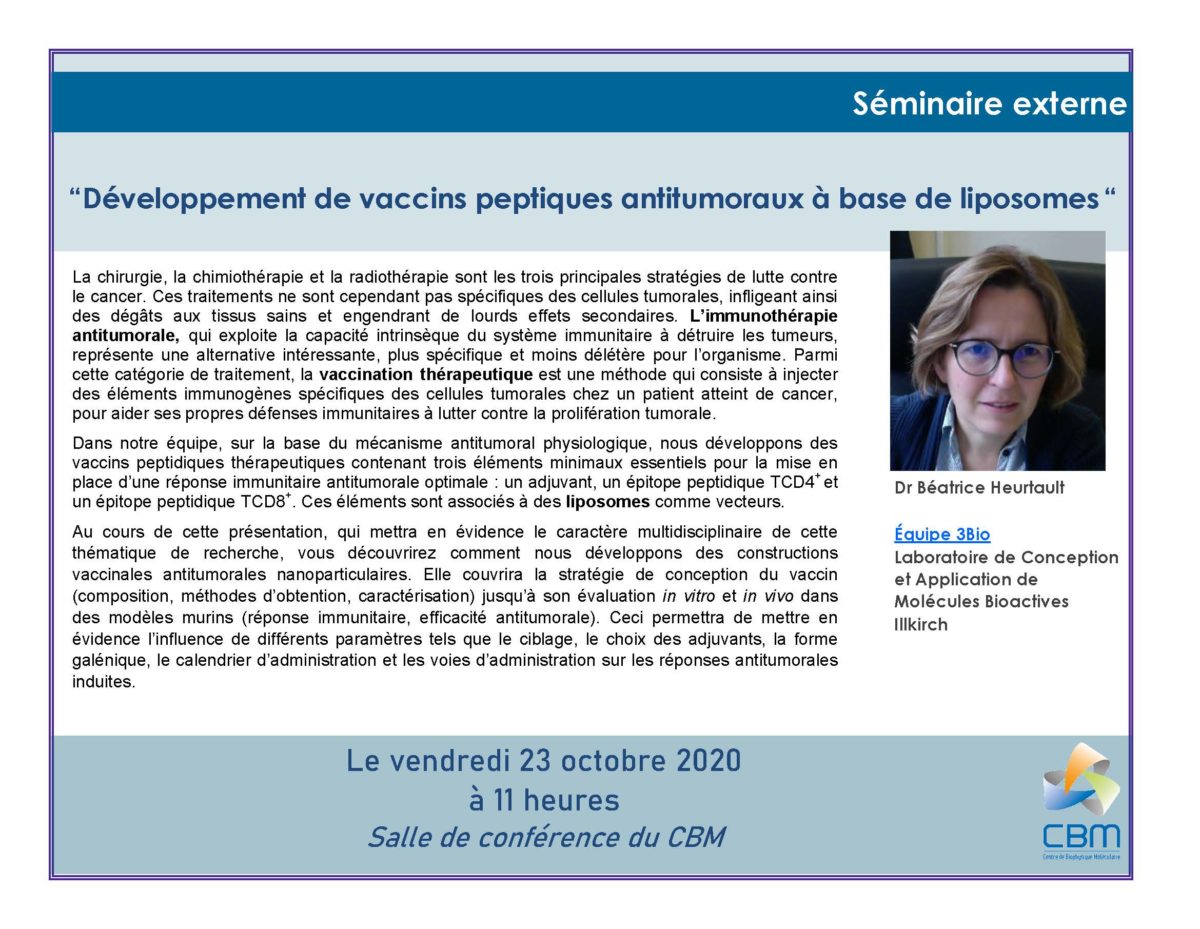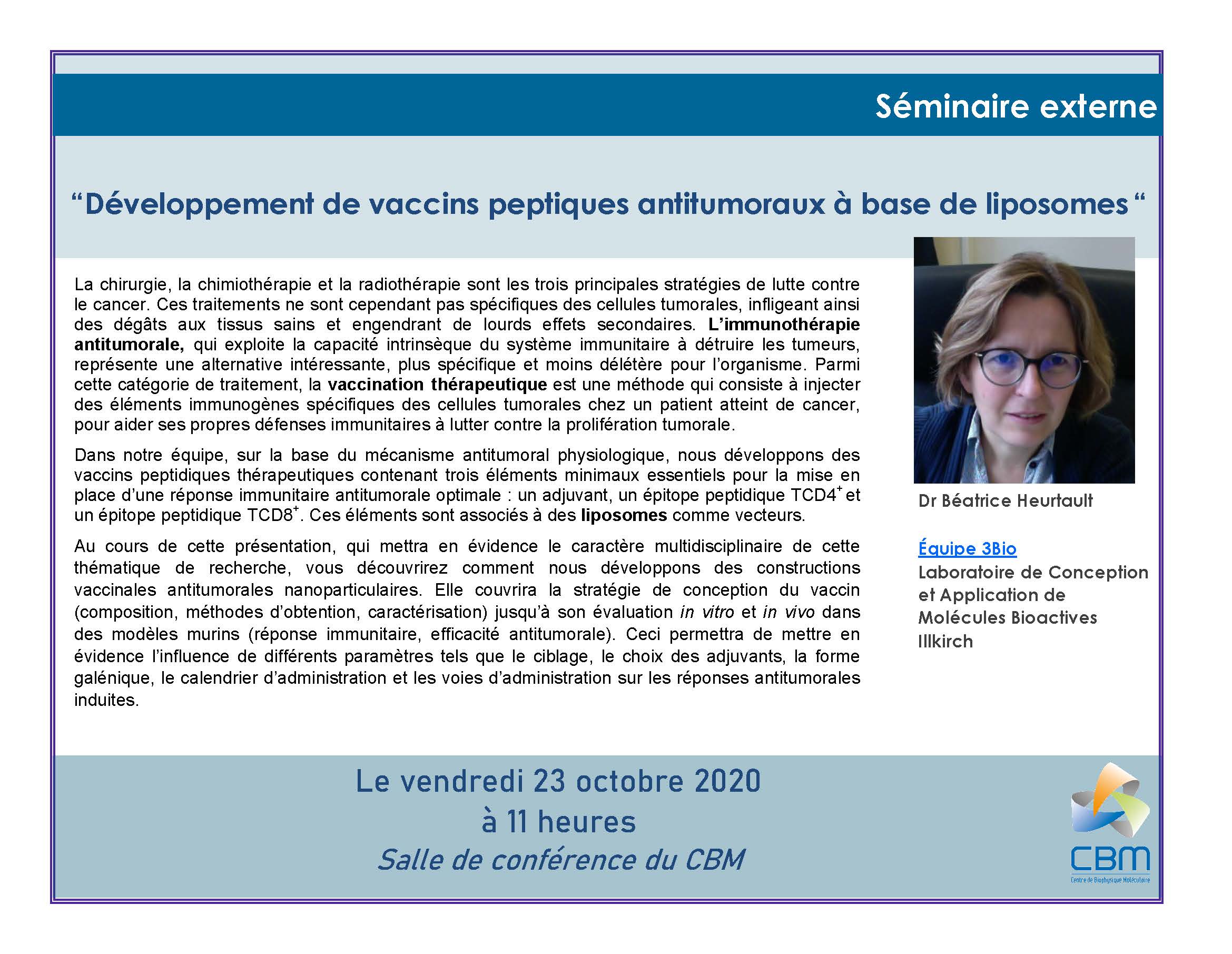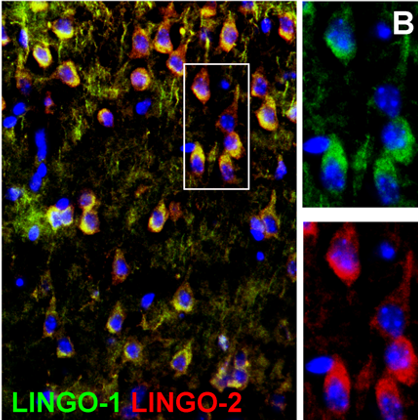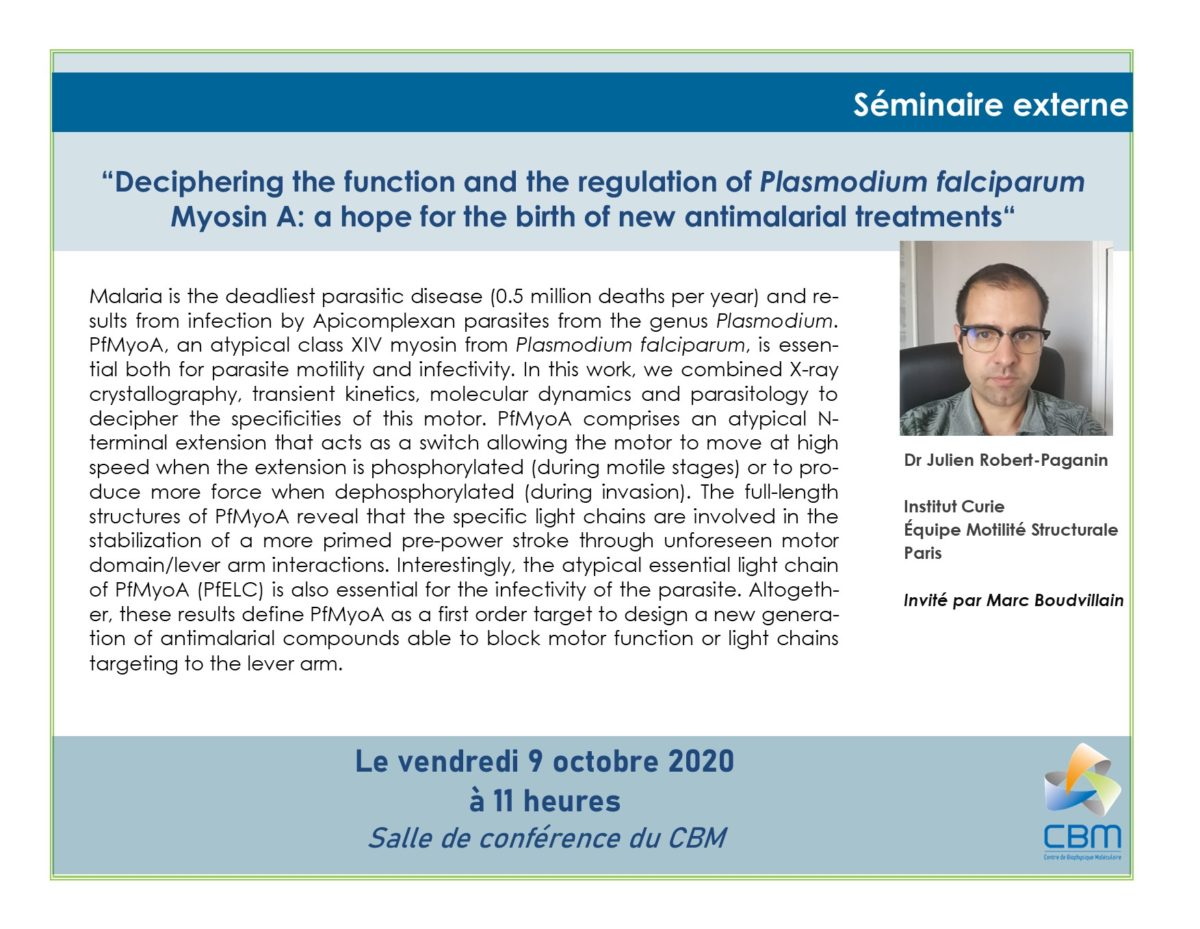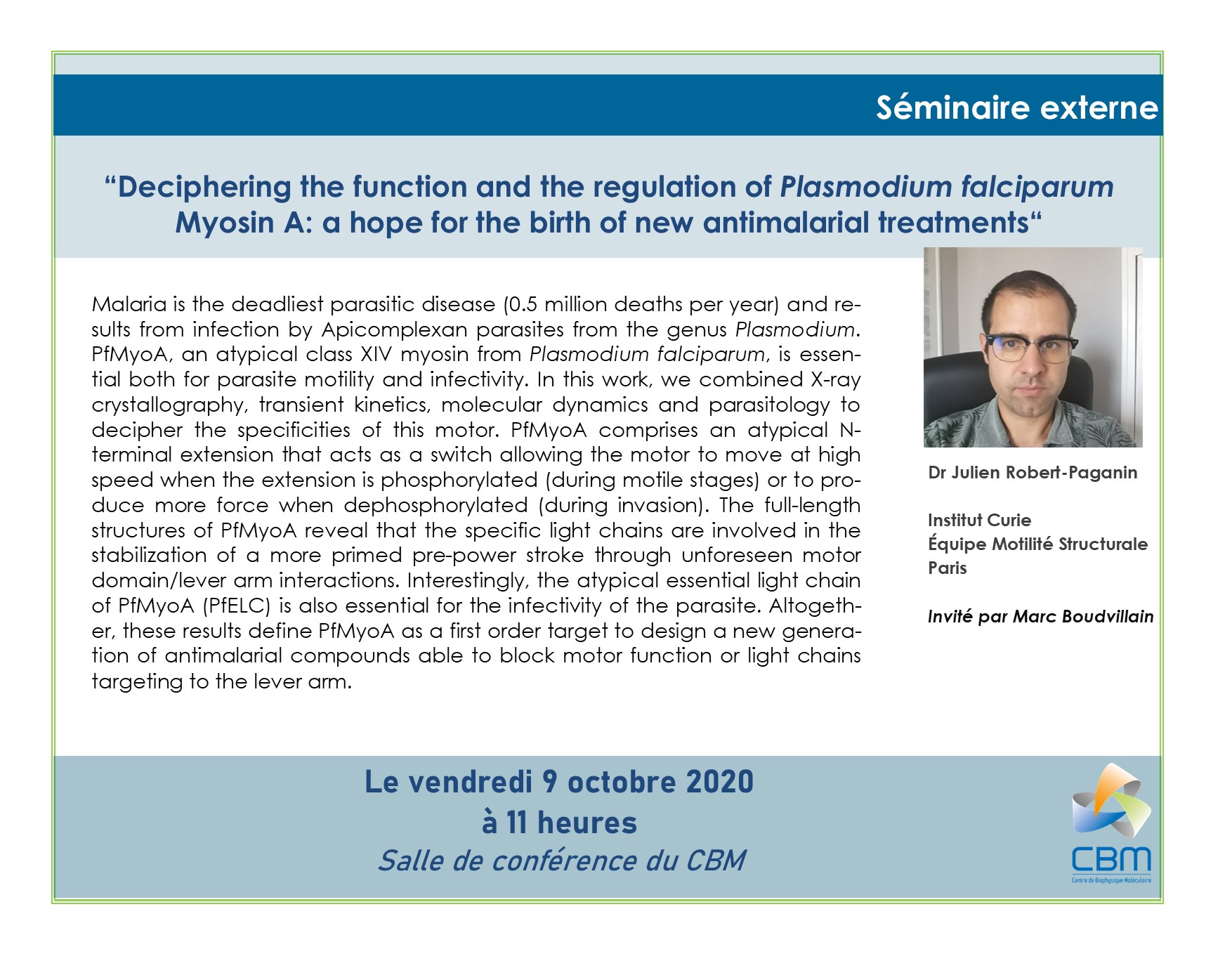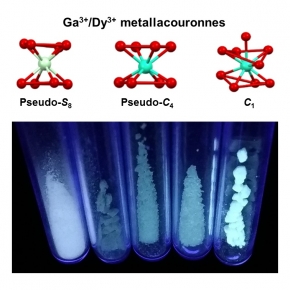LINGO-1 is a transmembrane protein mainly expressed in neurons and oligodendrocytes where it negatively regulates regeneration, neuronal survival, oligodendrocyte differentiation and myelination. Its expression was shown to be dysregulated in several brain disorders, in particular, Parkinson's disease and multiple sclerosis, which makes LINGO-1 a particular interesting therapeutic target. Three homologs LINGO-2, LINGO-3 and LINGO-4 have been described in human but until now their functions remain largely unknown. In this article published in the FASEB Journal, the researchers evaluated the expression, the cerebral distribution and the colocalization of these different homologs in several brain areas. They also showed the formation of hetero-complexes of LINGO-1 with its homologs in the brain, revealing a new level of complexity in the regulation of the activity of these receptors. The demonstration of this LINGO-1 signaling opens the way to new strategies to modulate its activity for the treatment of brain disorders.
Guillemain, A., Y. Laouarem, L. Cobret, D. Stefok, W. Chen, S. Boch, A. Zahaf, L. Blot, F. Reverchon, T. Normand, M. Decoville, C. Grillon, E. Traiffort and S. Morisset (2020). "LINGO family receptors are differentially expressed in mouse brain and forms native multimeric complexes " FASEB J (2020) doi : 10.1096/fj.202000826R

